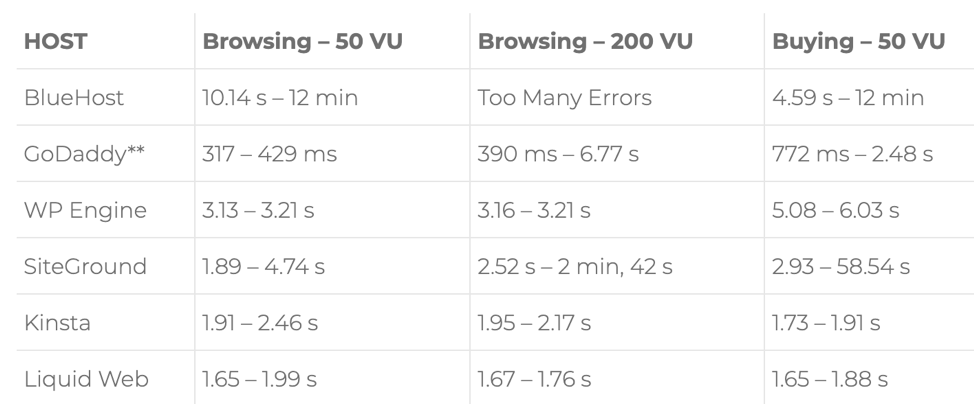How To Get Organic Traffic to Your Website in 2021
Building organic traffic is easy peasy, right?
Wrong.
Going organic is not for you if you’re looking for a quick fix for driving traffic to your website. It’s hard work and requires patience to see results.
Having said that, choosing organic traffic boosting strategies might be the greatest investment you can make for your ecommerce business.
Ideally, you can drive traffic to your website either through the search engine results pages (SERPS) using search engine optimization (SEO) or pay-per-click (PPC) ads that are placed before organic results (such as Google Ads).
In paid advertising, the results are almost immediate but you must pay every time a user clicks on your ads. This is a shortcut to your goals and might only give you temporary customers and a high bounce rate.
Building organic website traffic is free but requires long-term effort.
If you want to know exactly how to get organic traffic to your website, keep reading.
Organic Traffic: Why It Matters for Your Business
Organic traffic refers to visitors that come to your website after performing a search on a website like Google, Bing, or Yahoo.
Organic traffic takes time for SEO to generate results, but it’s the most superior form of traffic for your website.
Here’s why.
Organic traffic is targeted — meaning the users who click through to your website have a specific intent and have a higher conversion rate than a random visitor from a paid search.
Organic traffic can also increase your credibility since users are more likely to trust websites that rank organically.
How To Increase Organic Traffic to Website
-
Use long-tail keywords.
-
Consider influencer marketing.
-
Leverage on-page SEO.
-
Find and remove non-performing content.
-
Become a guest blogger.
-
Create video content on YouTube.
-
Promote your content on social media.
-
Answer questions on Google’s People Also Ask.
Ranking high on search results is a dream for any website owner or marketer. If you rank on the first page, you’re sure to generate plenty of organic traffic. Fail to rank on the first page, and your dream remains just that — a dream.
Here are eight practical tips on how to get organic traffic to your website:
1. Use Long-Tail Keywords
Writing high-quality content is only half the battle if you want to learn how to drive traffic to your website. You can increase organic traffic to a large extent if you focus on long-tail keywords in your keyword research.
Long-tail keywords are a combination of three or four words, such as “best WordPress security plugins” or “restaurants in Lagos.”
You can create compelling titles for your blog posts by using long-tail keywords. Consider using tools like Ahrefs’ free keyword generator] when you search for keyword ideas.
2. Consider Influencer Marketing
Influencers tend to have lots of followers who regularly engage with them. Having them mention and recommend your brand can be a total game-changer and drive massive organic traffic to your website. They can also create original, new content for your brand.
You can get new potential customers using an influencer as your brand ambassador, especially if you run a small business.
3. Leverage On-Page SEO
Besides creating and publishing great content, you need to optimize your webpages for search engines when learning how to drive traffic to your website.
On-page SEO includes optimizing your images, HTML tags, and headlines. Ensure your images support your content, and optimize your meta description and title tags. Your header tags make your posts easier and more enjoyable to read, which can also impact your rankings.
Overall, your on-page SEO will increase website traffic and boost your website’s visibility in the SERPs.
4. Find and Remove Non-Performing Content
Non-performing content is content on a website that doesn’t fulfill its original purpose. This can cause major bottlenecks and compromise your chances of ranking in the SERPs.
That is because search engines experience a snag in the crawling process and leave your website before getting to important pages.
Removing non-performing pages enables important content to rank higher in results pages and will help you earn more organic traffic.
5. Become a Guest Blogger
Guest blogging is a two-way street. You can become a guest blogger for other websites, or you can invite people in your niche to blog on your website.
Your guest post on a high-authority website can significantly increase traffic to your website and help boost brand recognition. Usually, the website’s business owner will encourage you to share the link on your own website. This can give you referral traffic, and you’ll earn backlinks on your website.
6. Create Video Content on YouTube
Your content strategy shouldn’t stop at crafting excellent material for your website — you can turn it into different formats, including audio or video.
For instance, YouTube videos can help attract and engage new subscribers. Uploading videos is an online marketing strategy that allows your customers to see a demonstration of your product or service. It also helps answer questions about your brand.
This can greatly increase purchases and drive organic search traffic to your website.
7. Promote Your Content on Social Media
While sharing content on social media platforms is an excellent content marketing method, you have to be assertive.
Participate in discussions with relevant hashtags on Twitter. To engage with visitors, answer questions on your Facebook page and respond to comments.
You can also post your content on relevant, high-traffic communities, including Reddit, Slack, LinkedIn, Quora, and Facebook groups. Build trust and cultivate a relationship with the community before you promote your content (and make sure the group allows it). Anything other than that could look spammy.
Ensure you interact with your followers on various social networks so you can build a rapport with them and establish long-term trust. That way, they’re more likely to share your content with their contacts, promoting traffic and brand awareness.
8. Answer Questions on Google’s People Also Ask
Instead of creating generic content about a topic, dig deeper and search for questions people are asking on Google Search. A vast majority of those who ask these questions are entrepreneurs looking for specific solutions.
You can create content with a target audience that will earn organic traffic. So, if you’re a blogger, use Google’s People Also Ask to find questions to answer and generate blog posts.
If you create content around actual questions that users have asked, you are sure to drive organic site traffic.
Final Thoughts: How to Get Organic Traffic to Your Website in 2021
This guide doesn’t exhaust every method on how to get organic traffic to your website, but the tips we discussed will help you build a successful organic traffic strategy.
From guest posting to creating videos to social media marketing, you might spend a lot of time until you see results. For new website owners, it won’t happen as quickly as you might want, but consistency and quality will generate organic traffic in time.
Choosing a reliable web host is a crucial step towards driving traffic to your website. With Hostdedi’ Fully Managed WooCommerce and Fully Managed WordPress hosting, we take care of what matters most to your online business. Get started on your path to success with our hosting solutions today.
Start your free two-week trial of fully managed WooCommerce or WordPress hosting today.














